Pros and cons of painted walls
At first glance, this is the simplest type of wall decoration, the market offers a wide range of types of interior paints that do not have an unpleasant odor and dry quickly. There are features in wall painting that need to be considered.
Benefits:
- large selection, the use of color;
- absence of harmful fumes during drying of paint for interior decoration;
- you can paint the walls yourself;
- simple decor can be made using a template and a textured roller.
Disadvantages:
- the preparation of the walls is very difficult;
- emphasizes the unevenness of the wall;
- when repainting, the previous layer will need to be removed.
On the picture gray bedroom with a brick wall and smooth plastered walls, a bright accent of the interior is red decor.
Types of paint
Alkyd paints
- Alkyd resin paint, are used for painting wood and metal, plaster. After drying, they do not harm health, do not allow moisture to pass through and do not change color.
- Oil dries for a long time due to the oil base on drying oil, is used for outdoor work due to harmful fumes. Over time, yellowness appears in color.
- Enamel has a distinct gloss thanks to the lacquer base, it is used for painting any surfaces outside and inside the premises. Protects against corrosion, resistant to light and damp environments.
Emulsion paints
They are economical to apply, other types of paints can be used on top of them, do not have an unpleasant odor.
- Acrylic applied to well-dried walls, suitable for painting walls in rooms with low humidity. It lends itself to good tinting, retains its color under the sun. Does not allow steam and moisture to pass through, it is better than others resistant to mechanical stress.
- Latex resistant to washing and friction, dries quickly, hides small cracks, is used for painting wallpaper, plaster, brick. May change color when exposed to sunlight.
- Water-based over time, it loses its brightness due to washing off the color, is suitable for creating relief and texture, has high strength and hides small cracks, reinforcing them.
- Silicone based on silicone resins has high plasticity, forms a waterproof film, hides small cracks, is applied to any surface. Combines with other emulsion paints and prevents the growth of bacteria.
Textured paint
It looks unusual compared to ordinary painted walls, suitable for interior decoration and creating a unique interior. It happens on a mineral, silicone, acrylic base.
It is applied with a sponge with blotting movements, if the area to be painted is small, with a textured hard roller with teeth, a glue comb, a metal spatula. The relief is created by filler particles.
Combination with other materials
In the interior, 2-3 types of wall decoration are often used in order to diversify the design.
Wallpaper and painting
They are combined in the case of finishing the ceiling with wallpaper, and the walls with paint, creating an accent on the painted wall, combinations of bottom - paint, top - wallpaper. There are also special paintable wallpapers that can be repainted several times.
Wallpaper and painting
They are used in the kitchen, corridor and toilet. The walls are exposed to moisture, therefore, photo wallpaper is used for decoration.
On the picture bedroom interior with photo wallpaper and neutral walls, the podium acts as a wardrobe.
Plastering and painting
Plaster can be painted on top of the bark beetle, which will give relief to the walls, or combined with painted adjacent walls in the interior of the toilet, kitchen and hallway.
Wood and painting
A wooden wall made of beams or laminate is combined with monochromatic wall painting in the interior of the attic, living room, country house.
Stone and painting
Suitable for decorating a fireplace wall in the interior of a living room, a country-style kitchen or a chalet, where the apron is made of piece stone, and the rest of the walls are painted in a solid or transitional color. Brick and painting are suitable for finishing a Provence or loft kitchen.
Brick and painting
Brick can be white or red, and paint to match the brick, or differ in color.
On the picture eco-friendly kitchen with olive walls and brick partition.
3D panels and painting
3D panels are suitable for simple but unusual interior design. Solid walls with three-dimensional panels are suitable for a restrained and stylish design, and two-tone painted walls with colored panels look good in a nursery or in an abstract interior.
Design options
Monochrome walls are chosen for restrained interiors; such walls serve as a neutral canvas for expressing style in pieces of furniture and accessories.
Painting with two different colors
Painting the walls with two different colors is a rational technique in order to visually enlarge a room, change the perception of the geometry of asymmetrical walls, or simply focus on one wall. One wall can be painted with two different colors.
Painting in different colors (more than two)
Painting with several colors in the same range or a combination of contrasting colors will become an independent decor in the interior. It can be stripes, vertical or horizontal separation of walls, painting all 4 walls in different colors. Within the same room, it is better to make one color the main one, and leave the remaining 2-3 colors auxiliary.
On the picture one of the walls is painted in three colors with irregular stripes in a geometric technique using masking tape.
Stencils
You can make a design using stencils and templates yourself by cutting them out of paper and fixing them on the wall. You can also draw borders for the design using masking tape glued to the dried base color.
Striped design
Stripes of paint stretch or expand walls, change the perception of a room depending on the location, color and frequency of the stripes.
Patterns and ornaments
Suitable for a nursery, you can draw a house, a fence, trees, ethno ornaments, monograms on the walls of the child's bedroom interior.
Divorces
Can be organized or chaotic, created with a brush on wet wall paint.
Cracks or craquelure effect
Created with acrylic paint and craquelure varnish, the more varnish, the deeper the cracks. When applying, the roller must be held vertically so that the cracks are even.
On the picture the accent wall of the bedroom is made using the technique of cracked paint with a backing to match the tone of the walls.
Under the brick
Imitation of a brick can be done using plaster on a lined wall and traced joints on a damp material. After the plaster has dried, 2 layers of paint are applied.
Painting with squares
Can be done using templates or masking tape.Squares can be solid or colored, of different sizes and positions on the wall.
Texture design
It is created by painting the walls with textured paint, which contains acrylic particles and starch. It comes in dry and liquid state, it can also be tinted. Apply with a regular or textured roller. For interior design, a special textured paint for interior work is suitable.
Gradient and ombre
Suitable for visually enlarging the ceiling, if the dark color on the floor will go into white. A gradient or smooth transition of color can be horizontal and vertical, with a transition to an adjacent wall. It is created with 2 or more colors, where at the junction of colors, using a dry roller or brush, a dark color is stretched to a light zone in one direction.
On the picture wall-partition with painting in the ombre technique with a smooth smoky transition of gray to white closer to the ceiling.
Using a textured roller or sponge
Effects using a textured roller or sponge are made on an evenly painted wall, creating the effect of watercolor, bark beetle, waves, cracks, velor or mosaic.
Painting
Artistic painting in ethnic technique, depicting a view of nature, animals and reproductions will become an individual feature of the interior with painting the walls.
Design with moldings or panels
Creates the effect of niches or furniture facade, adds volume. The molding can be colored or white, made of wood, duropolymer, plaster.
Wall painting color
White
Often used on its own in Scandinavian and other modern interiors, it is also a companion for bright, warm and cool colors.
Beige
Does not focus on itself, acts as a background for furniture, is used in classic and modern design. Combines with white, gold and black paint.
On the picture kitchen interior with a white matte set and beige walls, where the light laminate matches the color of the paint.
Brown
Brown in the shade of coffee, chocolate, wood texture is combined with other natural colors, stone in the interior.
Green
Green in shades of ocher and pistachio color is soothing, suitable for bedrooms and halls. Light green and herbal are bright colors, suitable for a nursery, kitchen. Combines with raspberry, brown, yellow, white.
Grey
It is the backdrop for loft style and modern interiors, combined with red, black and white, carrot orange.
Blue
Ideal for a bedroom, nursery in classic and nautical style. It is also a common color in bathroom walls.
On the picture gray-blue interior with plain walls and classic shelves. A green accent brightens the living room.
Blue
Suitable for southern rooms with an abundance of summer sunlight, combined with green, white, blue and red.
Yellow
Yellow for sunny interiors or rooms with poor lighting, combined with orange, green, white.
Lilac
Creates a Provencal atmosphere in the kitchen, suits any room and matches natural pastel colors.
Purple
As a magical amethyst, it draws attention to the interior, is used in spacious rooms or combined with white paint on the walls.
Red
As the most active and energetically independent color, it does not need to be supplemented, but if the apartment is small, then it is better to combine red with gold, beige, white. White furniture or a set looks good against its background.
On the picture two-tone painting with an accent tomato-colored red wall, which has shelves and a chest of drawers made of natural wood.
Orange
Like yellow, it adds color to the interior, combined with all shades of green, black, gray. Used for balcony, bathroom, hallway.
Pink
Pink in pale shades is used for the interior of the bedroom, nursery, they draw stripes and patterns using a stencil. Combines with pale blue, white, black, lemon.
The black
In the interior, it often acts as an outline or as a pattern, a companion color, is independently used in large rooms and acts as a background for light furnishings.
Features of painting walls of different materials
Wooden walls
Painted wood walls not only look aesthetically pleasing, but also extend the life of the wood. Before painting, you need to remove the old coating from interior doors or walls made of wood and treat it with wood stain. After drying, apply 1-2 coats of alkyd or acrylic paint.
On the picture painted pale yellow lining of wood in a classic bedroom interior with gray skirting boards and a light floor.
Brick walls
Before painting, they are cleaned and washed with water, a week after that all moisture will come out and it will be possible to prime the surface and paint the brick with interior acrylic or alkyd paint. You can age the brick or create smudges. You can apply a contrasting color to the seam.
Concrete walls
Before painting, you need to clean, make the surface smooth and free of cracks, prime, allow to dry and apply epoxy or latex. A second layer must be applied immediately to the entire surface of the wall so that there are no shade differences.
Wallpaper
Wallpaper for painting is convenient in that it can be repainted without driving pigment into the walls. Such wallpaper can also be removed without sanding and surface cleaning. The wallpaper paint is water-based and solvent-free. Textured wallpaper makes work easier and hides the unevenness of the walls.
Drywall
Drywall on the wall or ceiling is painted after filling the joints and the entire drywall, as well as sanding and priming. They use acrylic or silicone paint, which are plastic and create a protective film.
Plaster
Painting on plaster is carried out on a clean, dry surface. If chips were noticed during the preparation of the wall, they need to be cleaned and compacted. It is painted with a roller in 2 layers with the maximum filling of the pores.
Photos in the interior of the rooms
Kitchen
The kitchen, as a room where you need to wipe the walls, needs water-based painting with acrylic or latex paints. For the kitchen interior, neutral colors, contrasting or matching the headset are suitable.
Children
A children's room can be painted with special paints with marks, they are water-based and dry quickly. There are also paints with silver ions, which do not absorb moisture and allow you to paint over regular watercolor. Colored stencil designs, stripes, designs, letters and numbers will do. The interior can be easily replaced by painting the walls in a new color.
Living room
Living room as a platform for creativity, can combine stone finishes and painted walls, several colors and different designs. Suitable water-soluble, textured painting or a combination of colors in the interior.
On the picture living room interior with wooden ceiling and plain light walls in country style with an emphasis on furniture from different categories and color palettes.
Bedroom
The bedroom is distinguished by the calmness of the atmosphere and the interior of the cosiness, so you need to choose neutral, natural colors. In the interior, it is better to avoid bright colors or use them as an accent on the wall at the head of the bed. Stencil drawing, textured painting, stripes and ornaments will do.
Bathroom and toilet
Bathroom and toilet as wet rooms should be painted with acrylic, latex, silicone paint. Painting with oil materials is not recommended due to the high drying time and bad odor. You need to paint those areas that do not get water, the area near the sink and bathroom needs to be tiled.
Traditionally, the interior uses a combination of blue and white, white with orange or yellow. For the toilet, painting can be combined with vinyl or photo wallpaper.
Balcony or loggia
The balcony or loggia must be protected with paint from corrosion and fungus.For the interior of an open balcony or loggia, which is separated from the apartment, only exterior paint is suitable. For wooden lining, water-based paints are suitable, for brick or plastic - varnish.
It is often stuffy on the balcony, so a cold palette of colors will do, white and orange are also used. When painting, it is important to choose a sunny day without a rain forecast.
Hallway
The hallway or corridor can be painted using the ombre technique with a transition from orange to white ceiling. Water-based paints of light shades are used, a combination with decorative stone or textured plaster. The narrow corridor can be widened with 2-3 horizontal stripes.
Styles of design
Modern
The style uses solid or two-color wall painting, combining white with another color. In the interior of the nursery, bright details are used in stripes, drawings on the wall. The emphasis is on practicality, so an unobtrusive palette and combinations are used.
Minimalism
Minimalism is observed in monochromatic painting, a combination of gray or pale blue with white, decor with wide stripes. Sometimes the interior uses contrasting molding or textured paint.
Loft
The interior is not limited to a specific color palette, the design is used more often only on an accent wall. Also, brickwork can be painted in ombre technology.
Classic
In the interior it is expressed in a neutral light background with golden, white monograms, in blue or black ornaments, which are emphasized by tassels and fringes on velvet curtains of emerald or ruby color.
Provence
Provence or French summer gloss of the interior is recognized in pink, mint or blue walls, olive shades of curtains and textiles. Walls in the interior can be plain or striped. To create individuality, you can make an art painting on the wall in the form of an open window on the summer Provencal fields.
On the picture a turquoise Provence bedroom with solid wall colors, classic furnishings and floral textiles.
Country
The interior uses a combination of natural timber or stone with brown, mustard, white paint with a whitewash texture.
Scandinavian
The interior is as practical and light as possible, therefore the walls are creamy, white, less often sandy, blue. Stripes, moldings, 3D panels, a white brick wall are suitable for decor.
Wall painting as one of the types of decoration is used not only for external, but also internal work due to paints that are odorless, dry quickly and do not harm health.

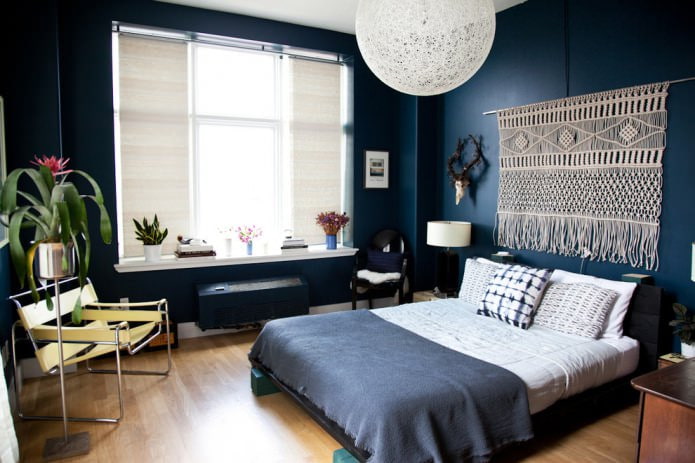
 10 practical tips for arranging a small kitchen in the country
10 practical tips for arranging a small kitchen in the country
 12 simple ideas for a small garden that will make it visually spacious
12 simple ideas for a small garden that will make it visually spacious
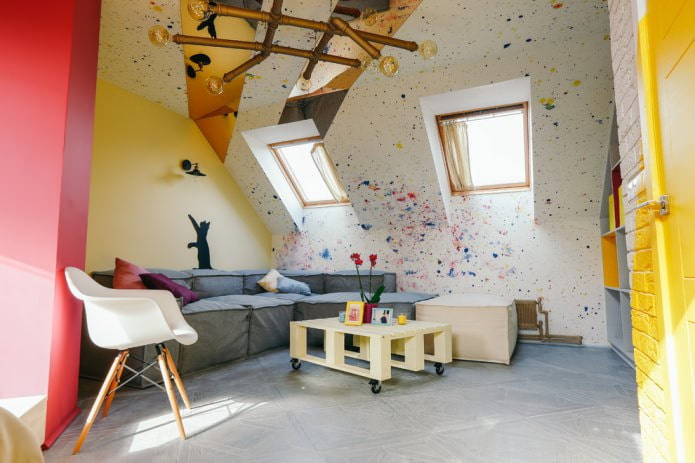
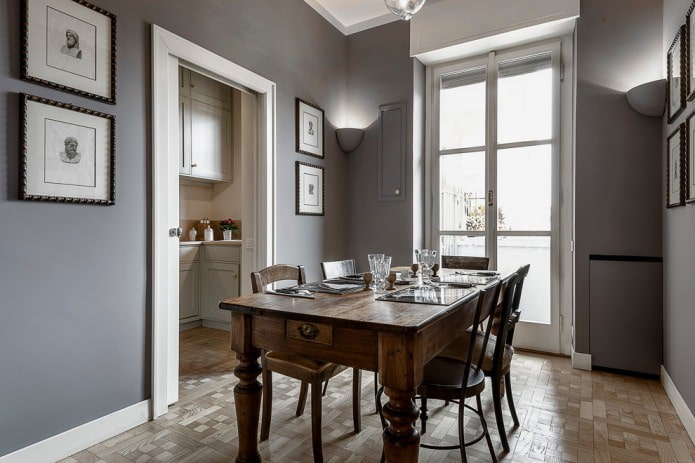
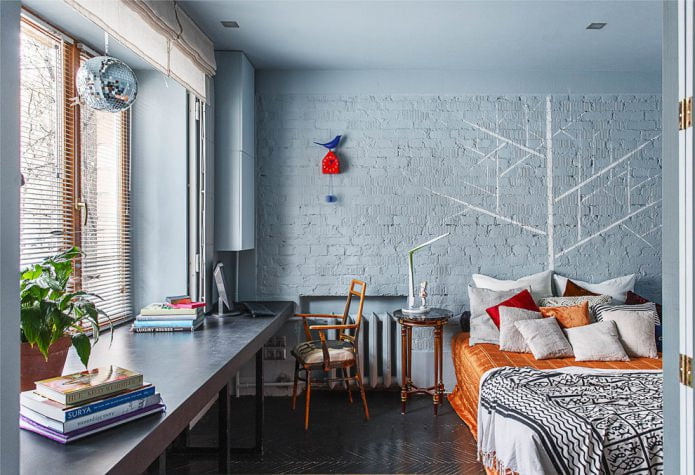
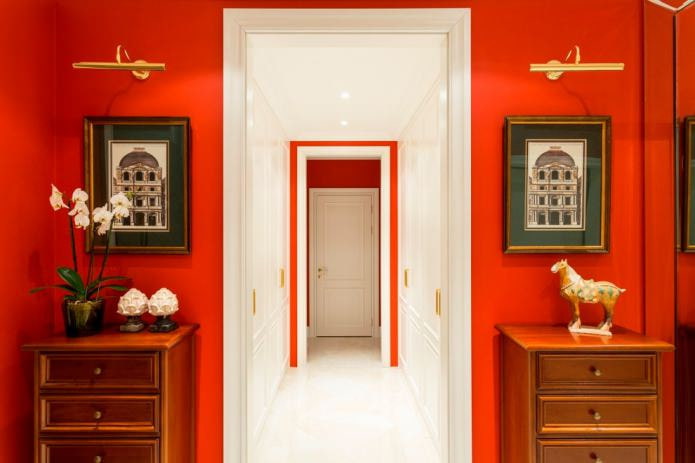
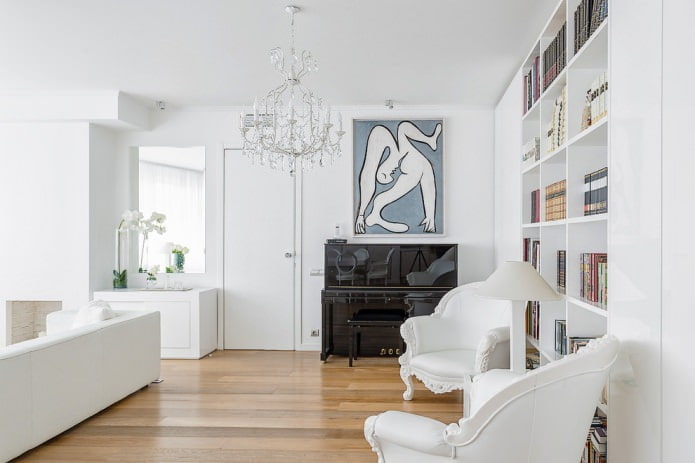
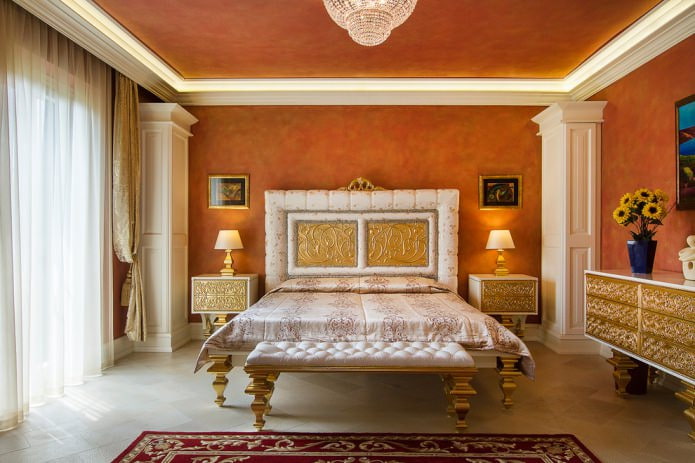

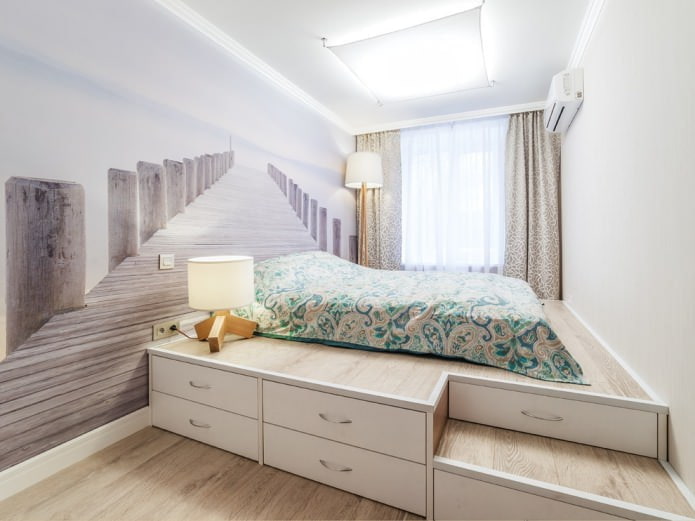
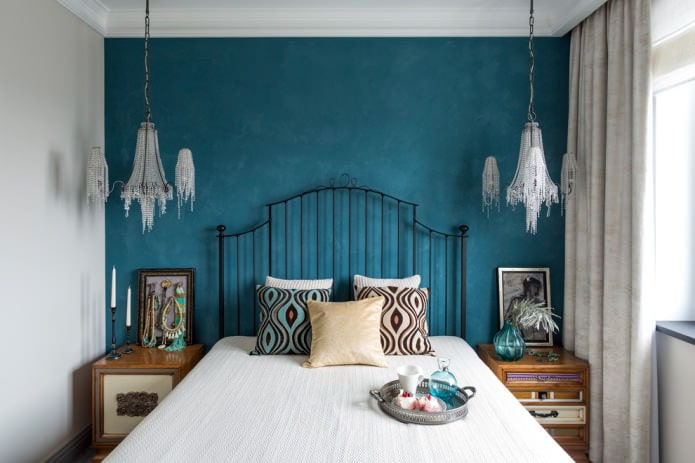
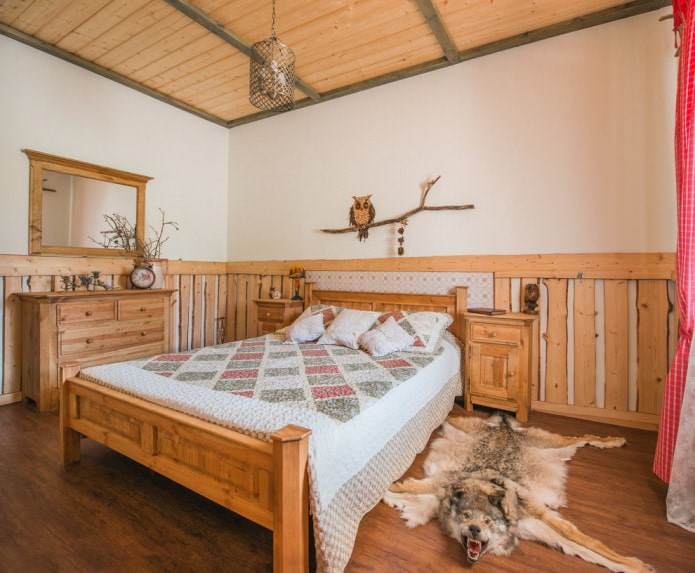
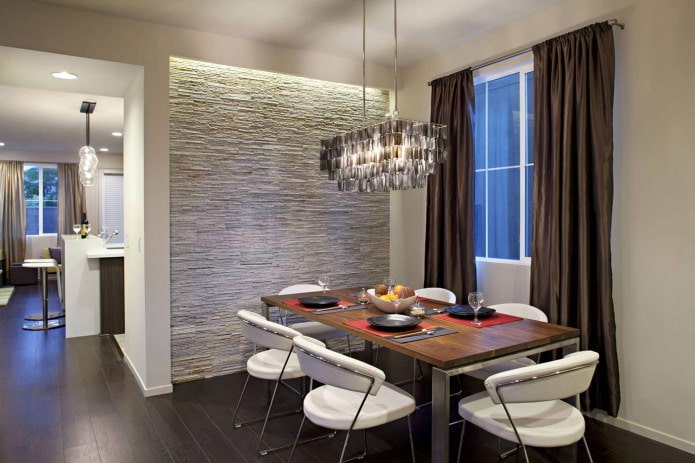
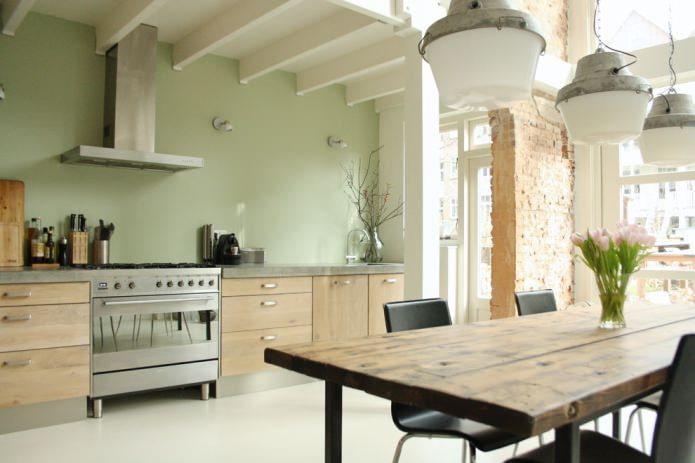
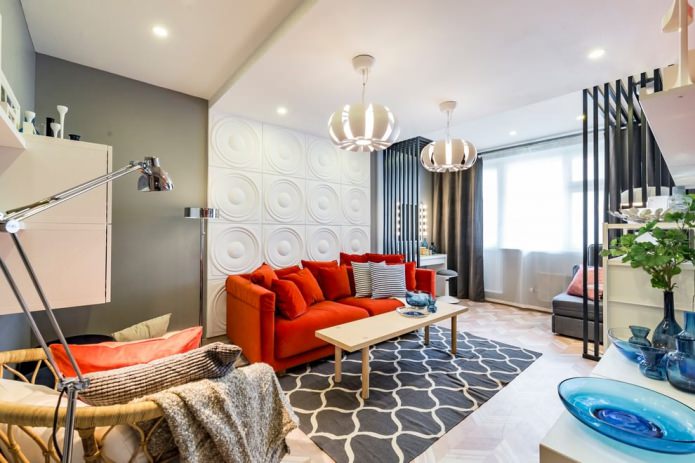

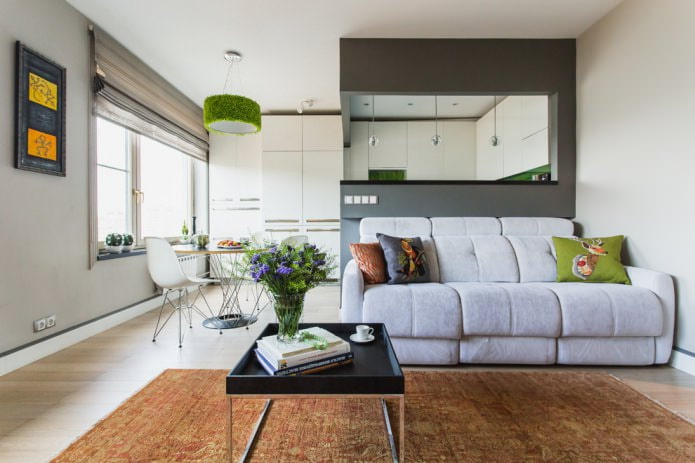
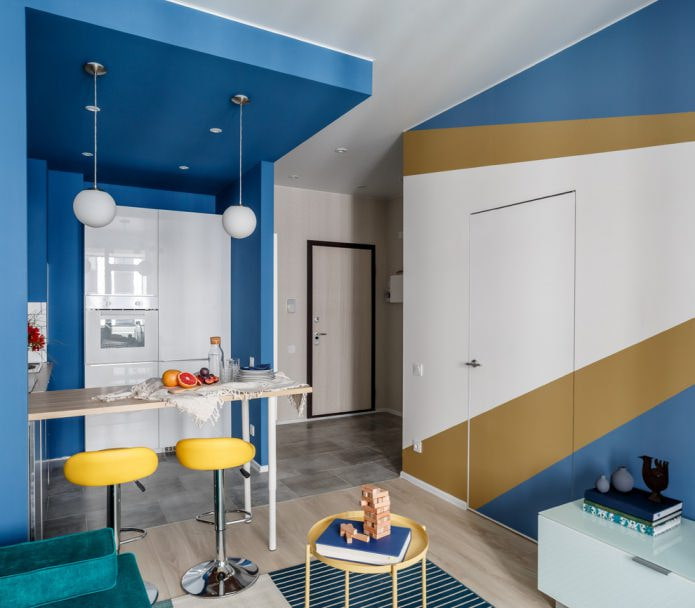




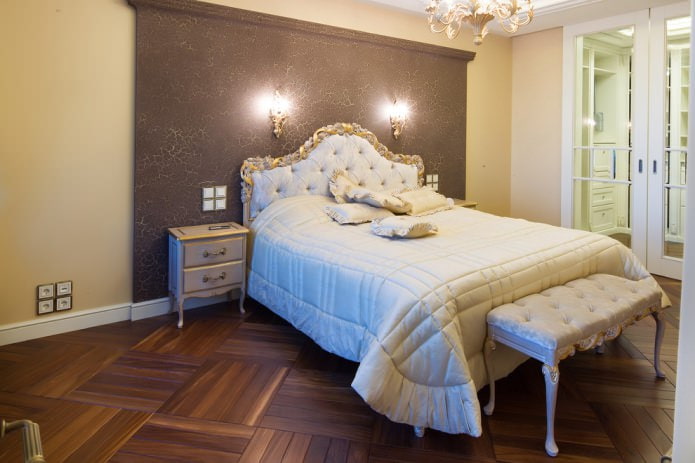
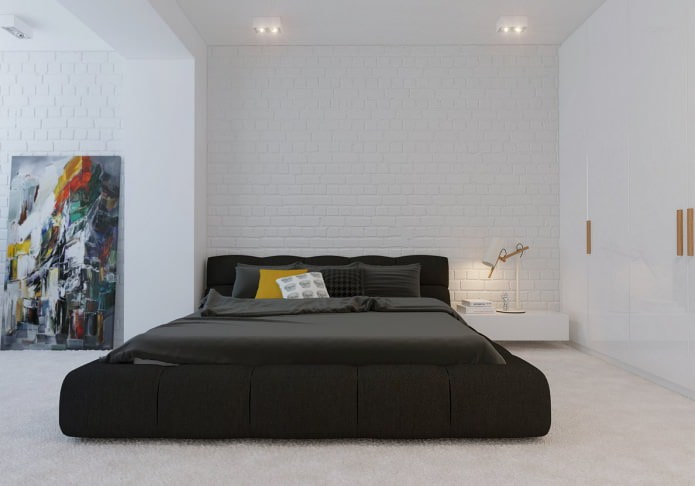
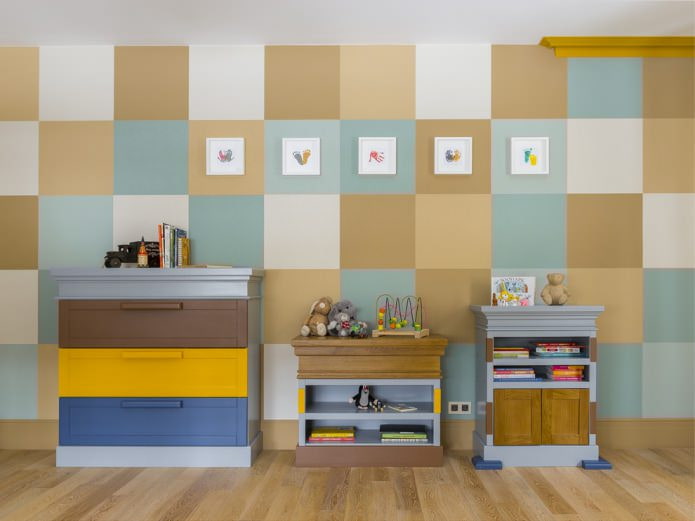
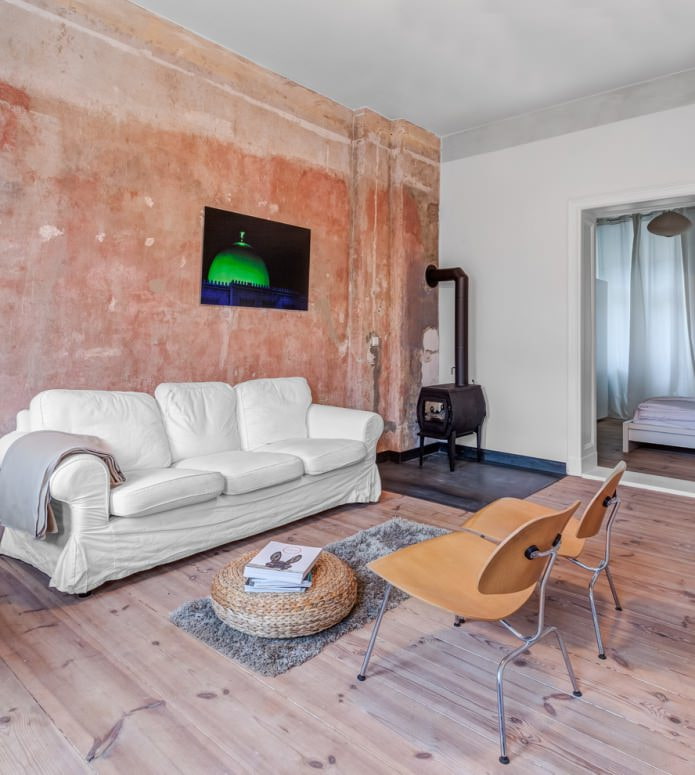
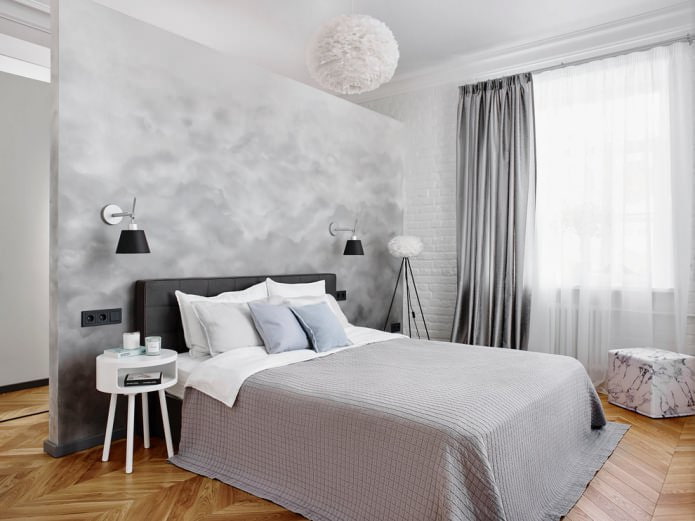
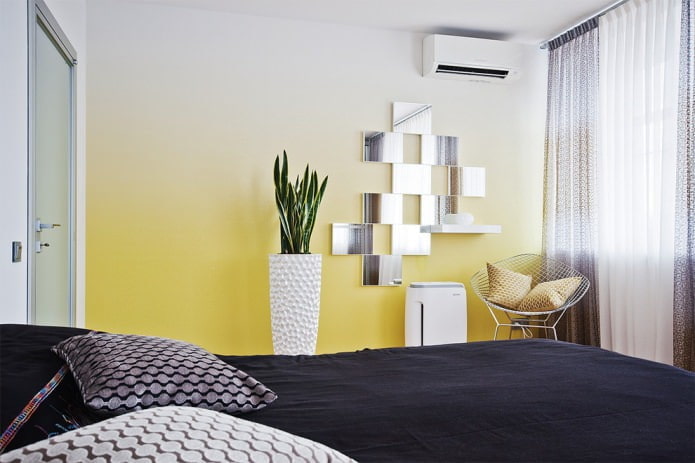
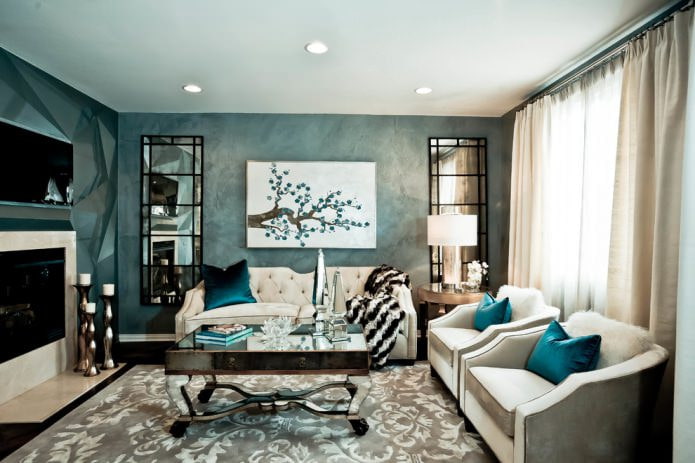
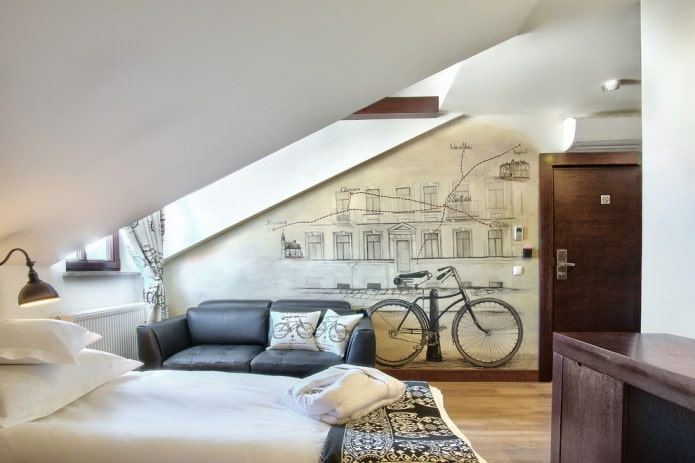



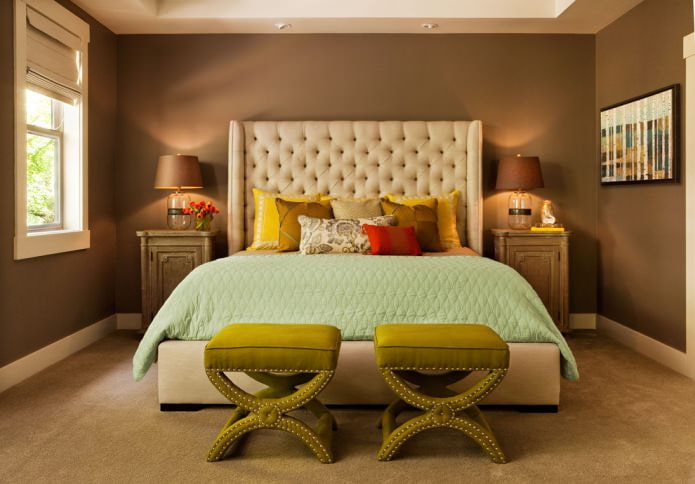
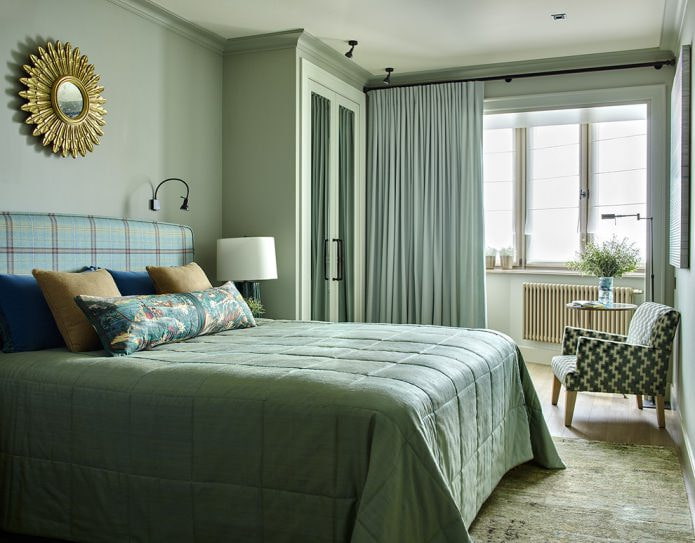
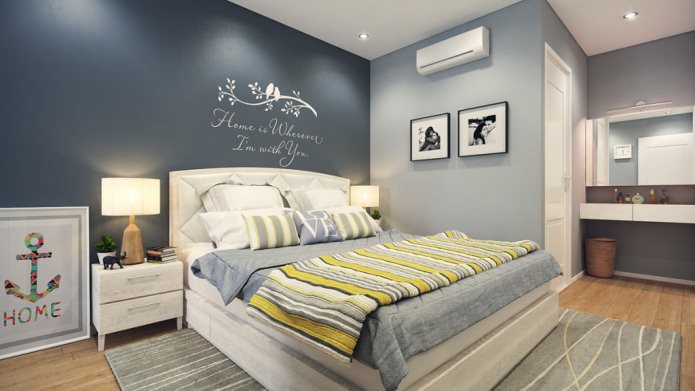
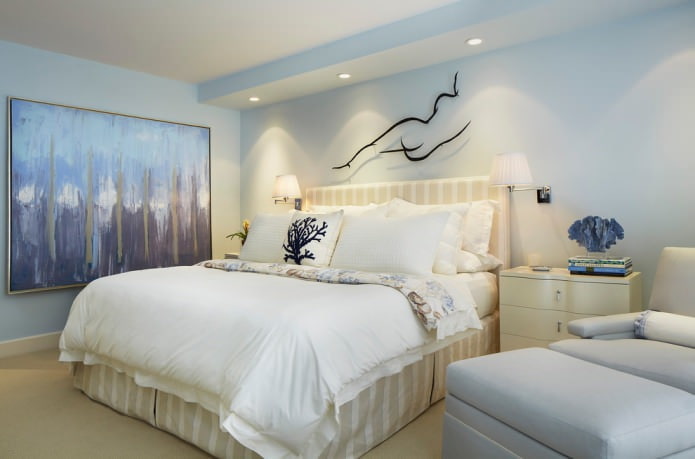
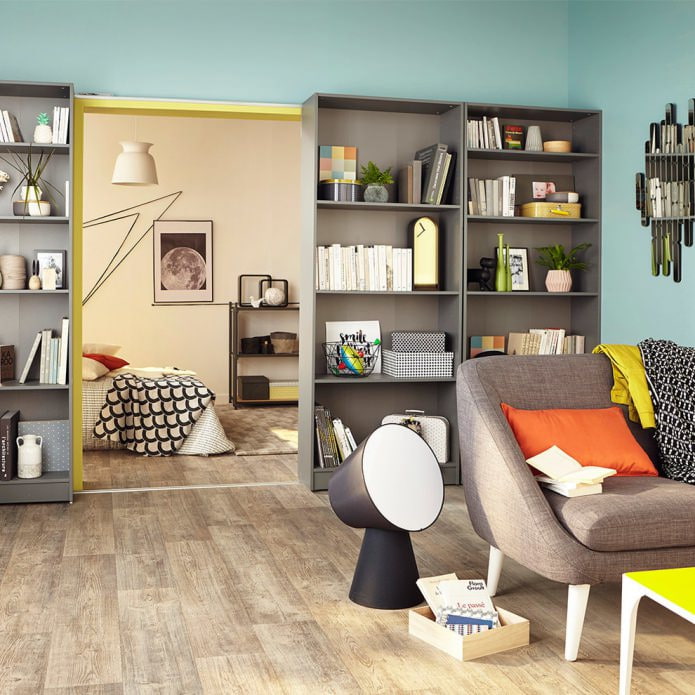

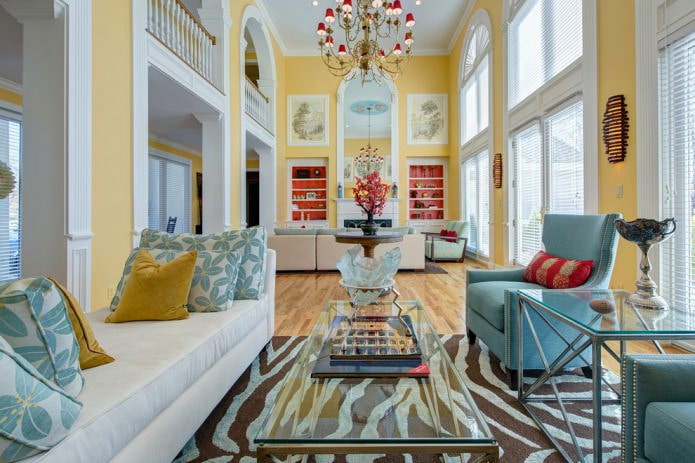

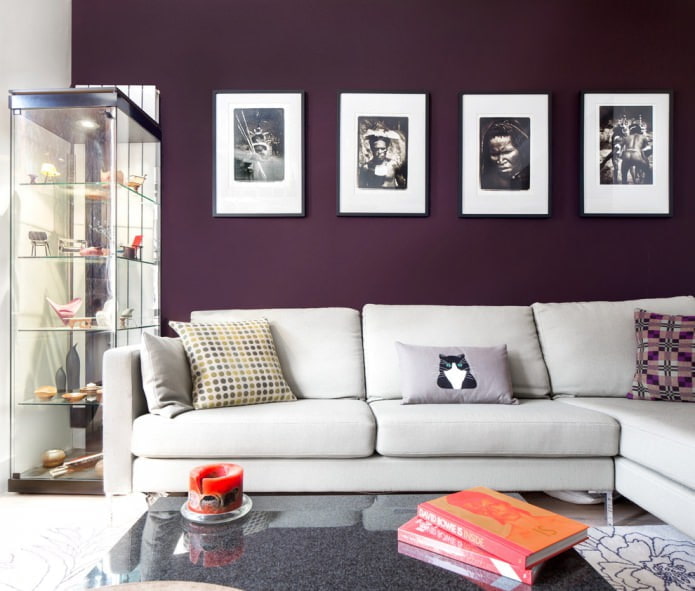
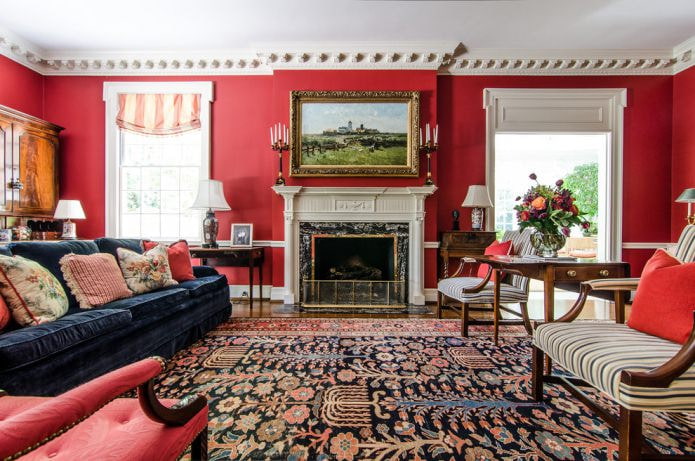
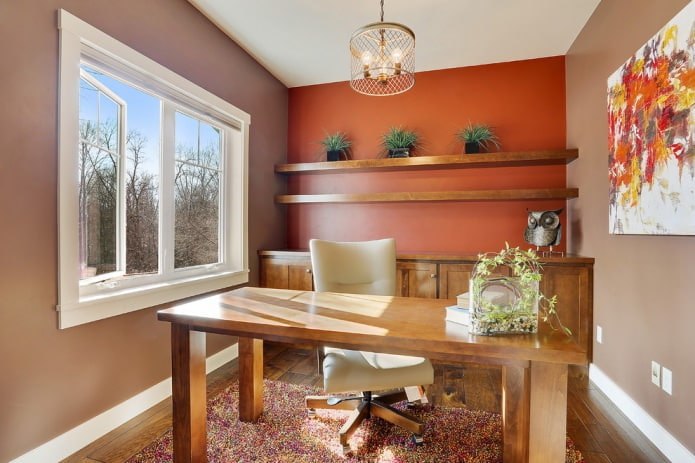


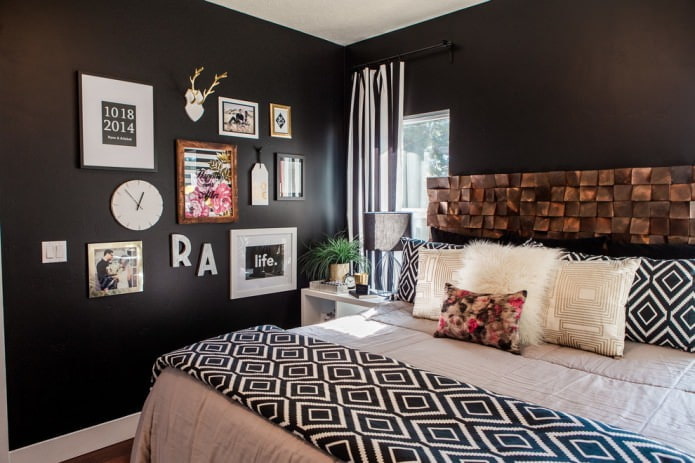
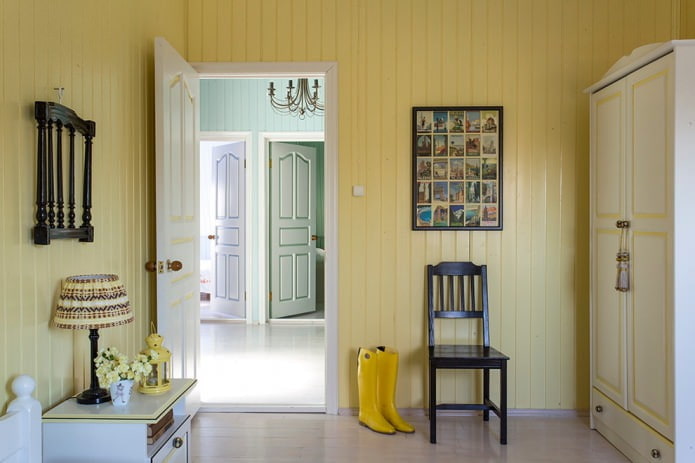
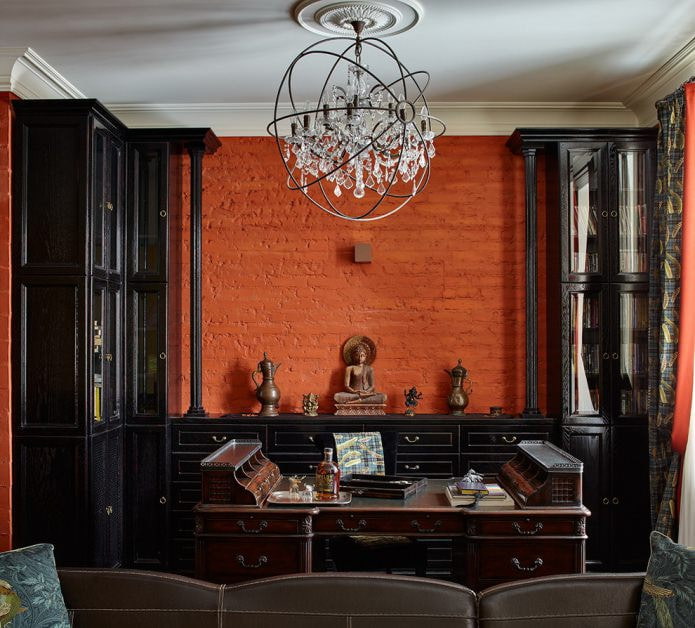
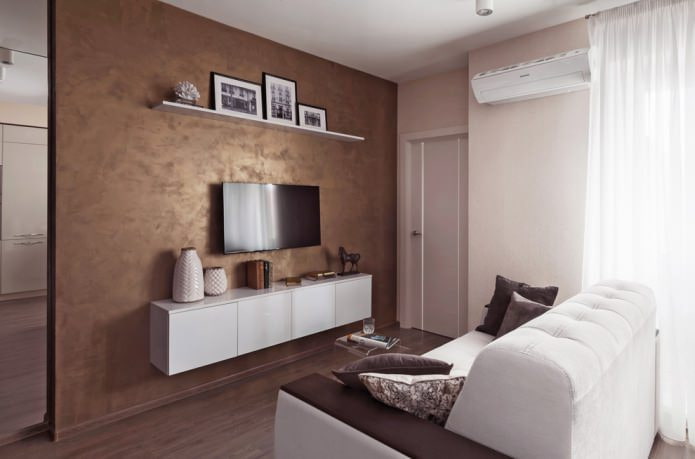
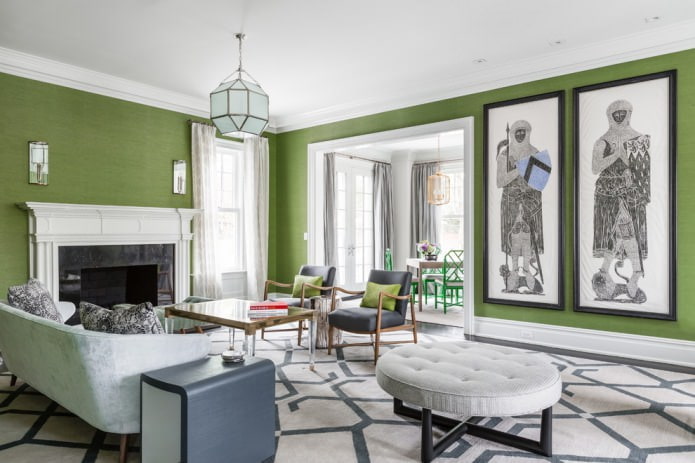
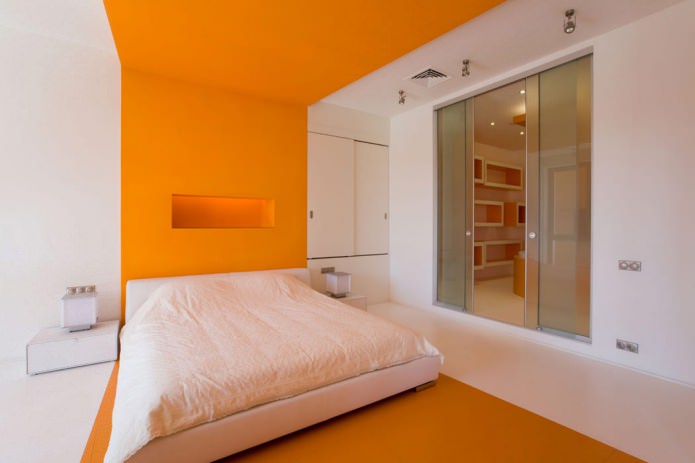

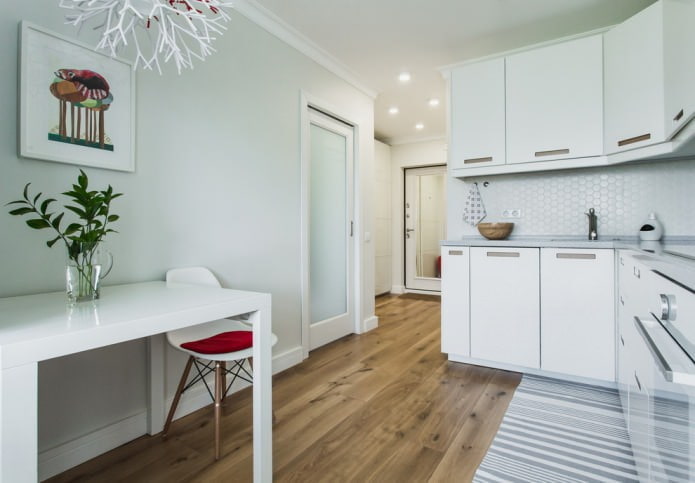
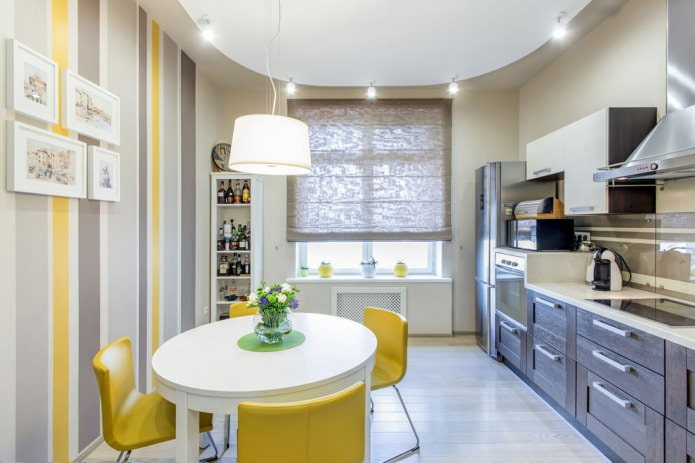
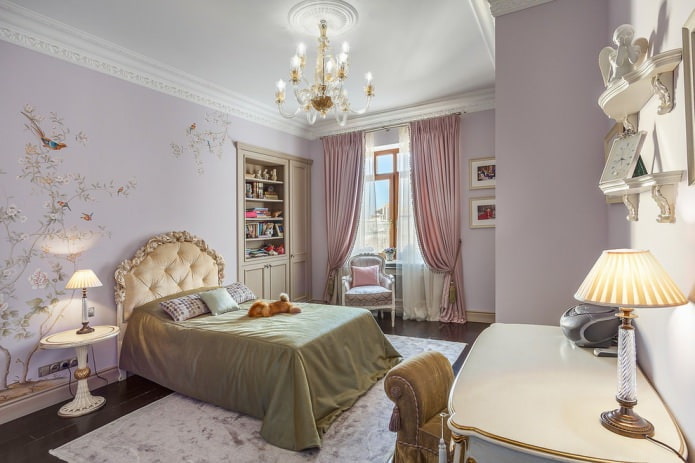

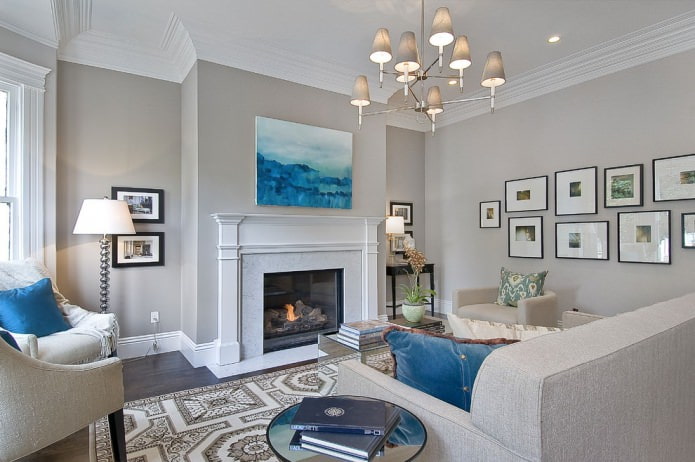
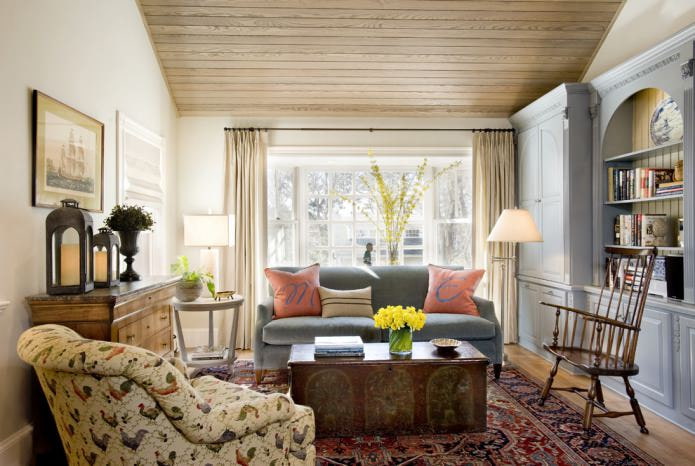
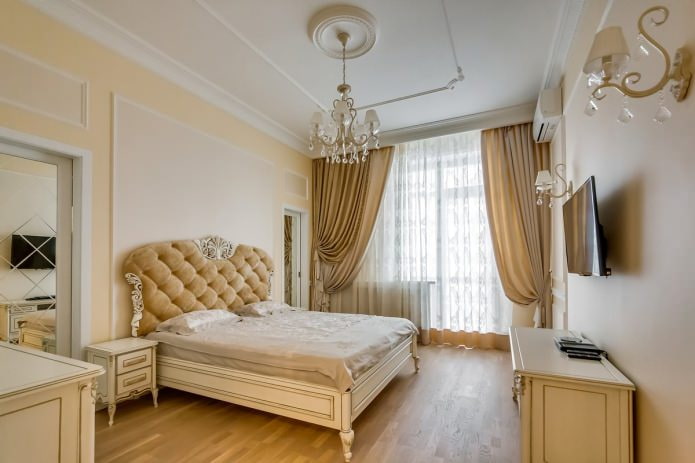
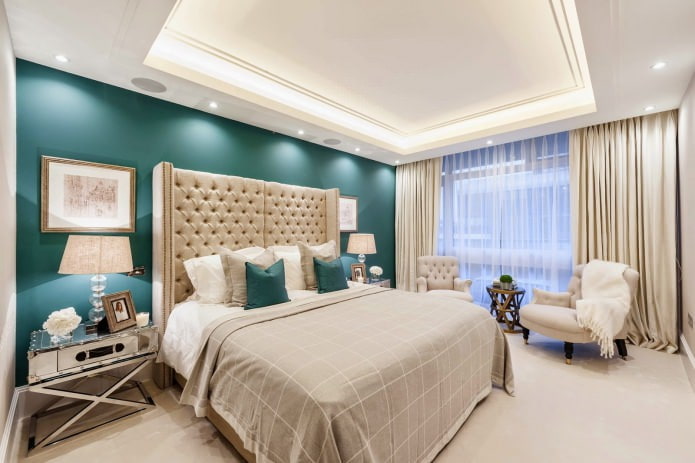
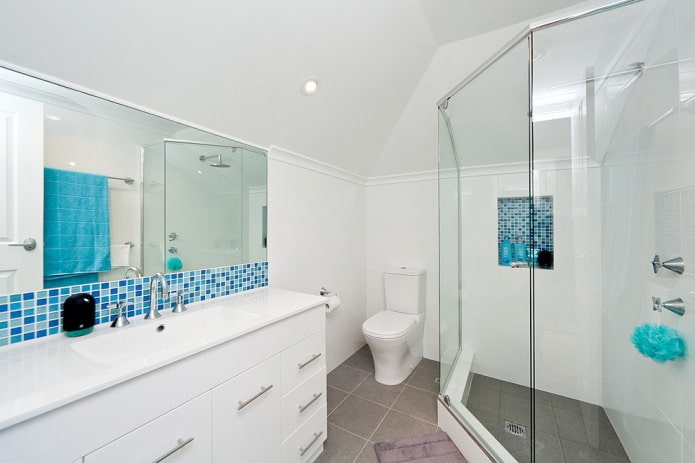
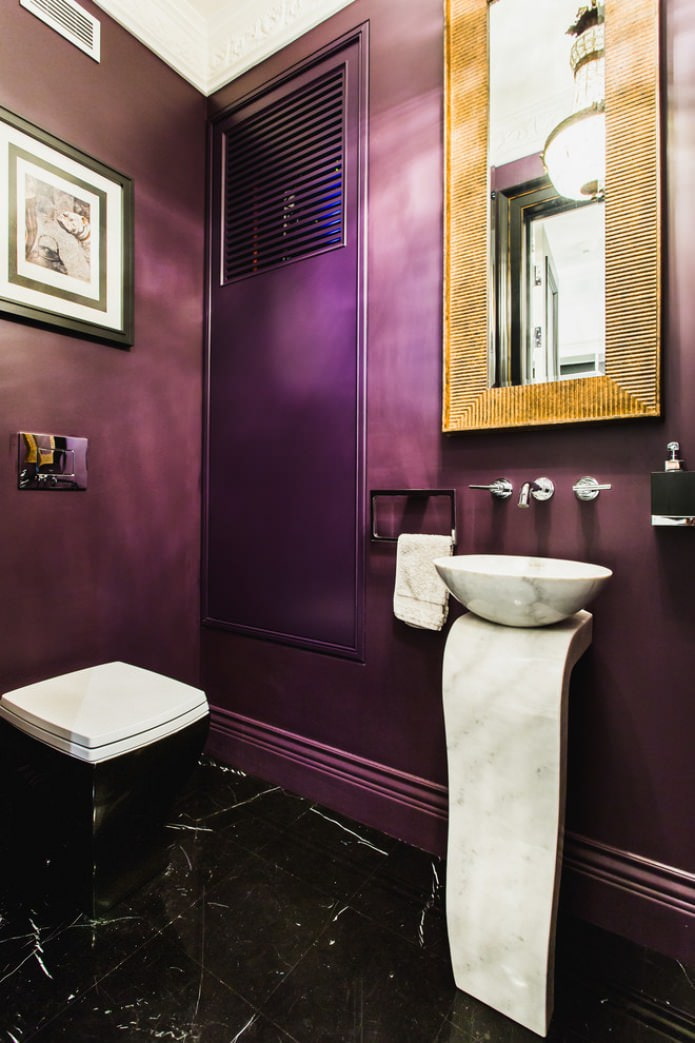
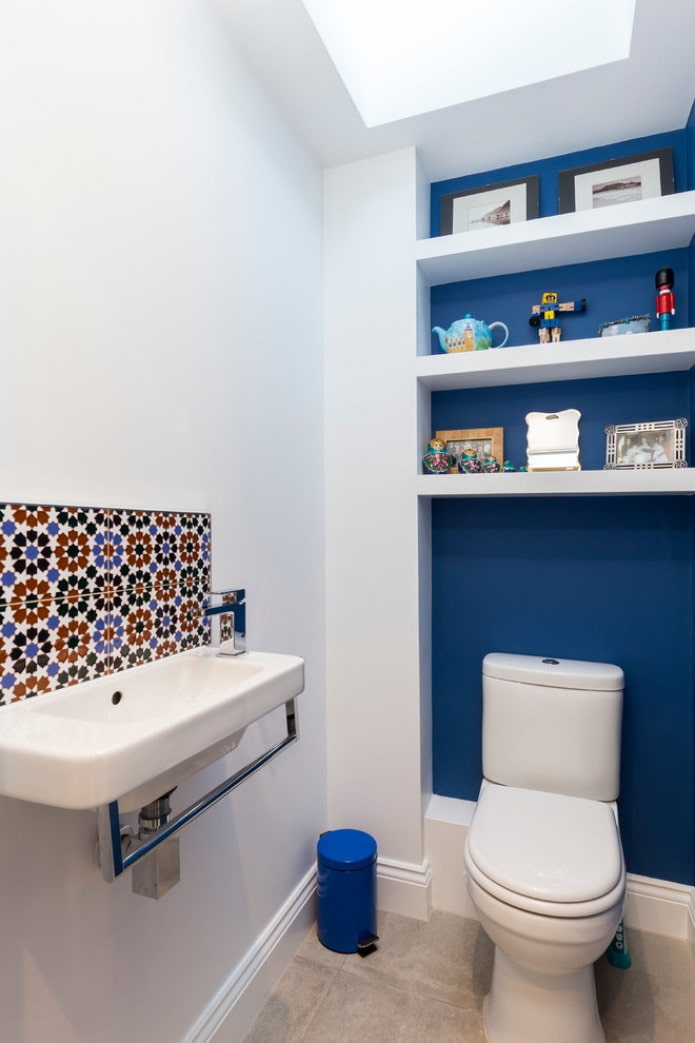
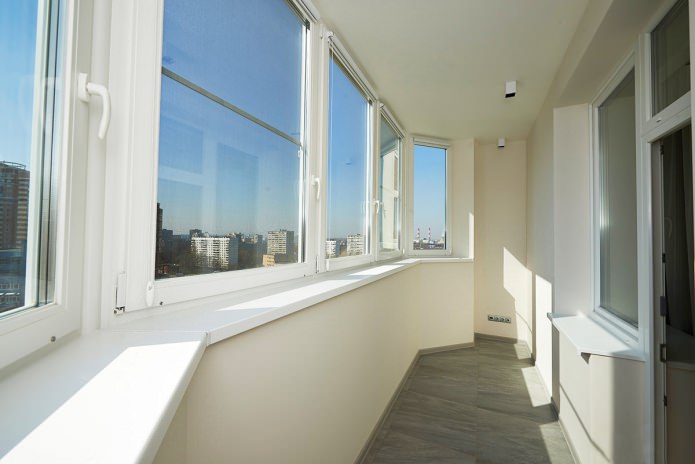
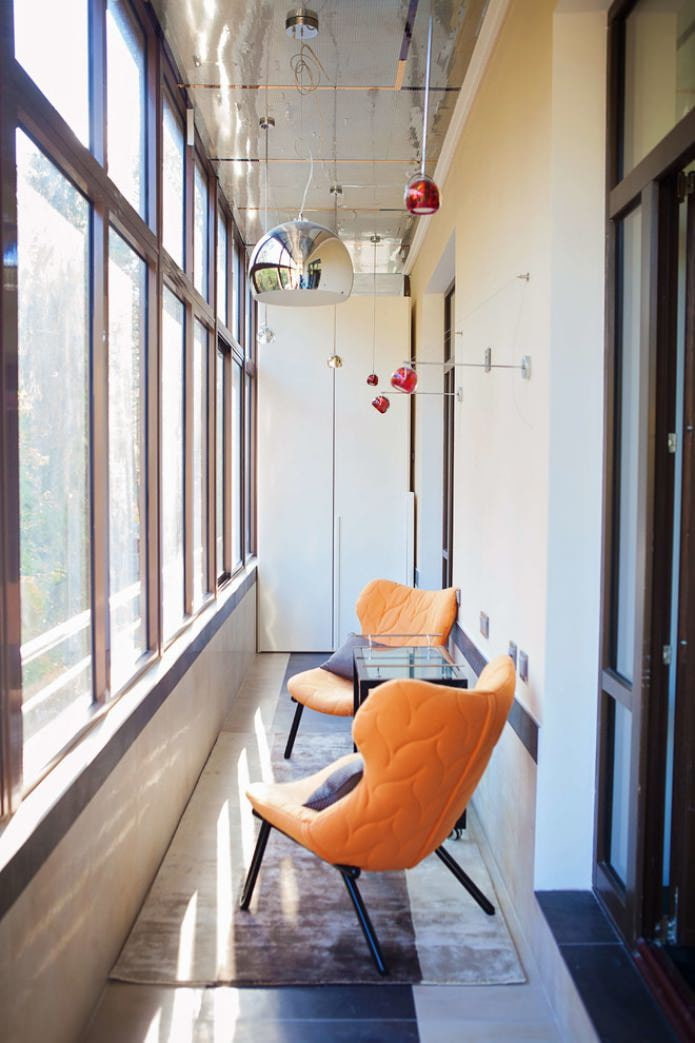
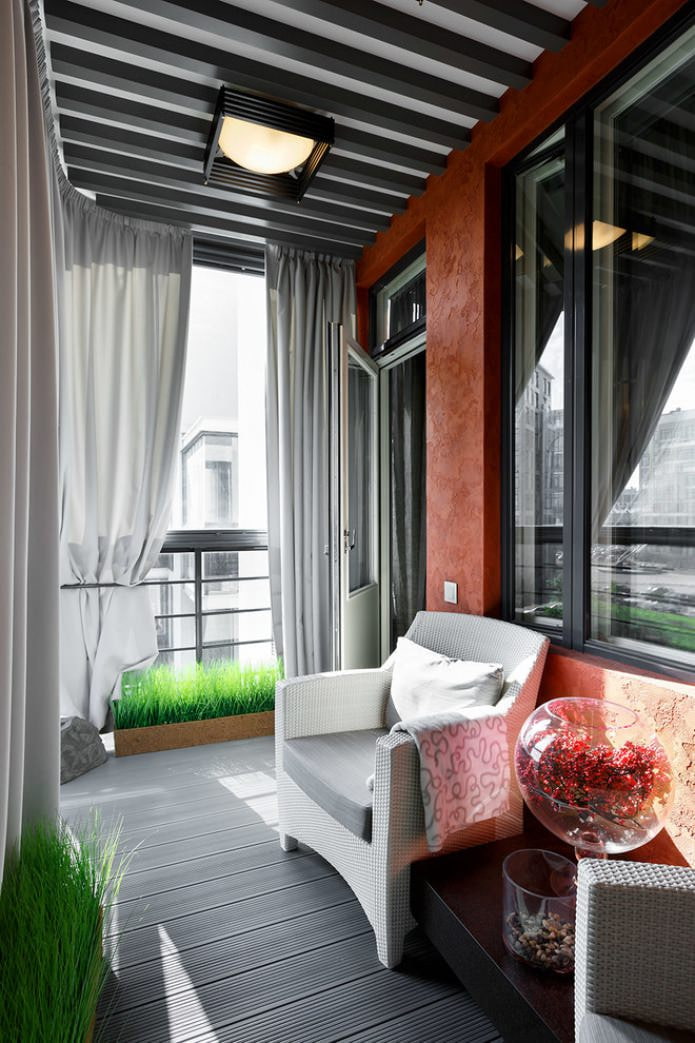
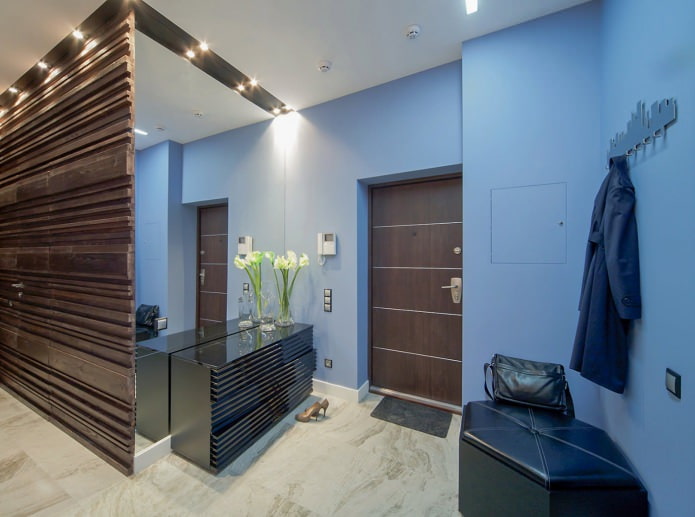
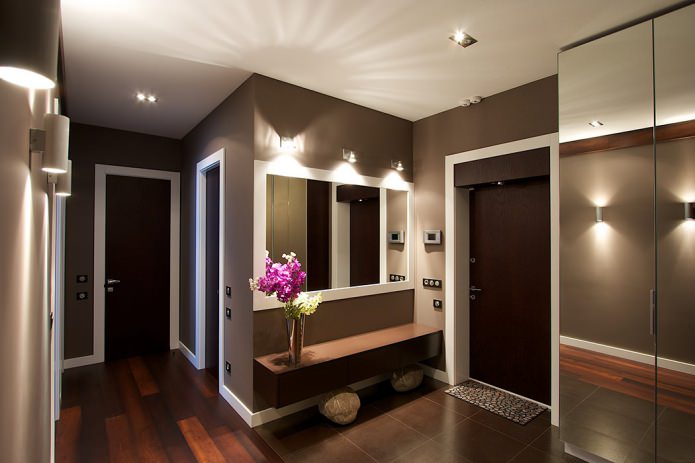
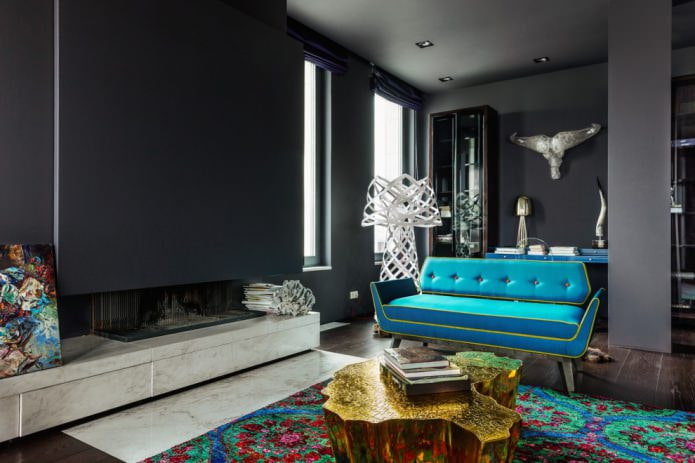
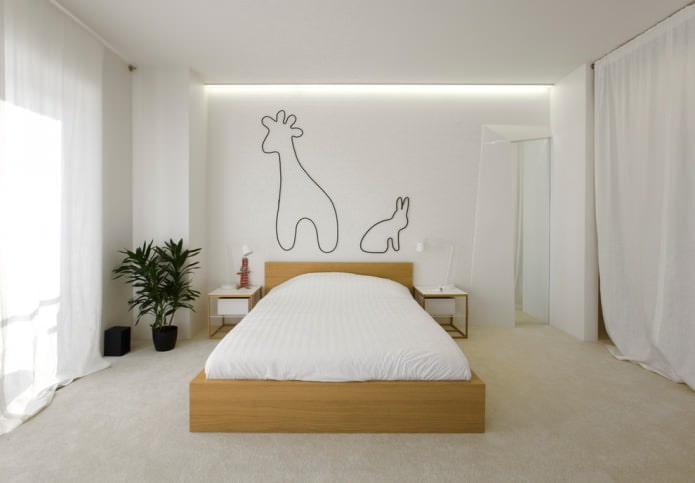

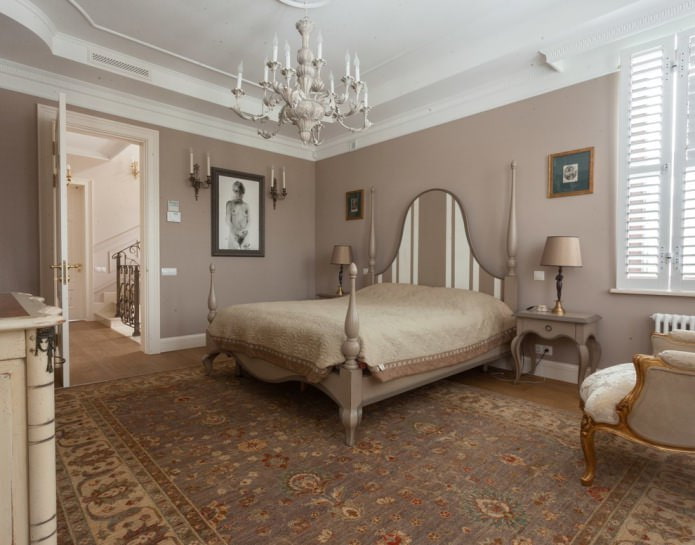
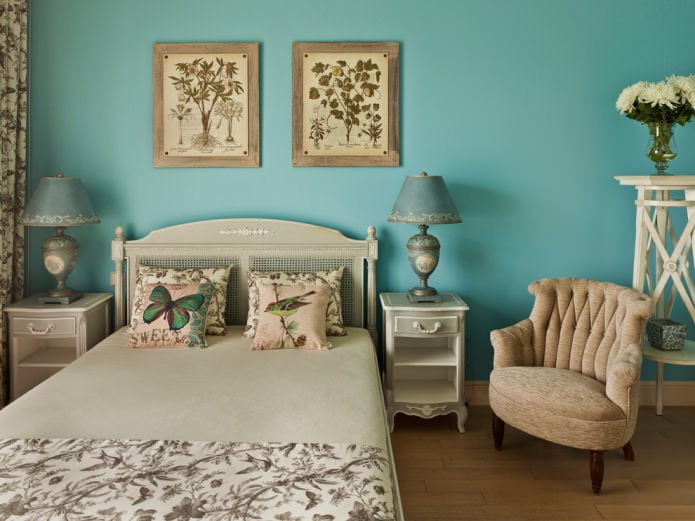
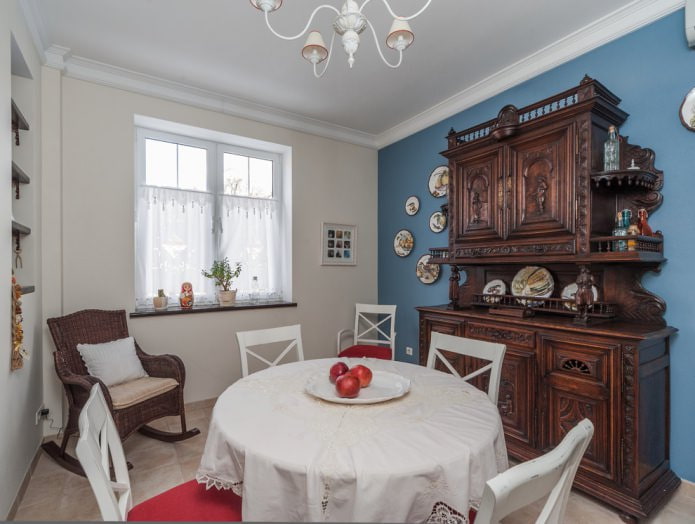
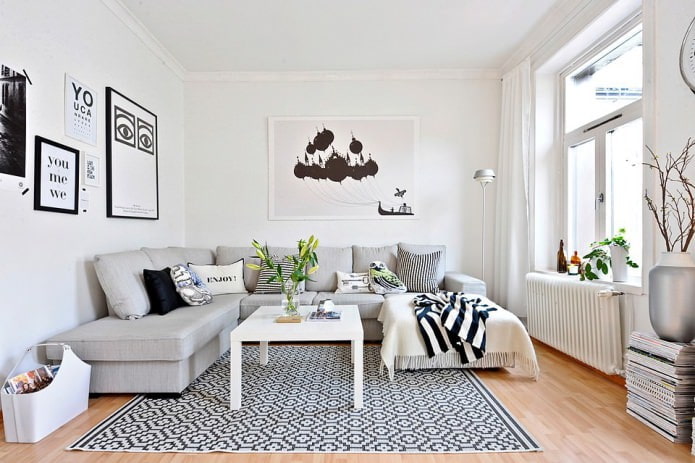

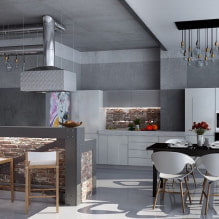



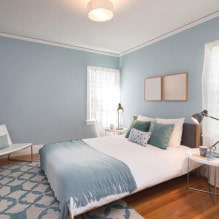

 13 bad habits a good housewife shouldn't have
13 bad habits a good housewife shouldn't have 24/7 home cleanliness - 4 secrets for the perfect housewife
24/7 home cleanliness - 4 secrets for the perfect housewife 6 hotels in Sochi that will give odds to the promoted foreign hotels
6 hotels in Sochi that will give odds to the promoted foreign hotels Top 10 interior design trends 2020
Top 10 interior design trends 2020 Rating of cheap TVs with Smart-TV
Rating of cheap TVs with Smart-TV New Year's LED garlands on AliExpress - we disassemble while it's hot, so that it's bright at home
New Year's LED garlands on AliExpress - we disassemble while it's hot, so that it's bright at home